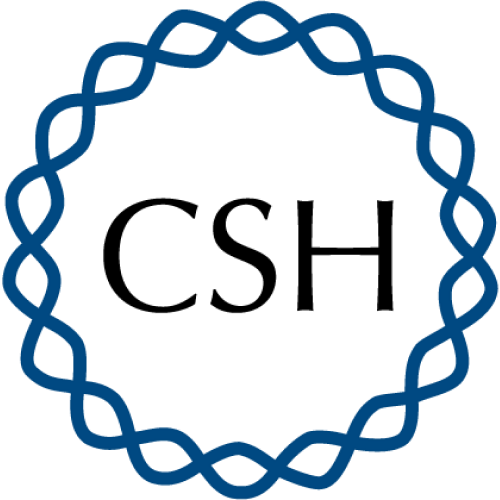
Archetypal Analysis of Injury in Kidney Transplant Biopsies Identifies Two Classes of Early AKI
All transplanted kidneys are subjected to some degree of injury as a result of the donation-implantation process and various post-transplant stresses such as rejection. Because transplants are frequently biopsied, they present an opportunity to explore the full spectrum of kidney response-to-wounding from all causes. Defining parenchymal damage in transplanted organs is important for clinical management because it determines function and survival. In this study, we classified the scenarios associated with parenchymal injury in genome-wide microarray results from 1,526 kidney transplant indication biopsies collected during the INTERCOMEX study. We defined injury groups by using archetypal analysis (AA) of scores for gene sets and classifiers previously identified in various injury states. Six groups and their characteristics were defined in this population: No injury, minor injury, two classes of acute kidney injury (“AKI,” AKI1, and AKI2), chronic kidney disease (CKD), and CKD combined with AKI. We compared the two classes of AKI, namely, AKI1 and AKI2. AKI1 had a poor function and increased parenchymal dedifferentiation but minimal response-to-injury and inflammation, instead having increased expression of PARD3, a gene previously characterized as being related to epithelial polarity and adherens junctions. In contrast, AKI2 had a poor function and increased response-to-injury, significant inflammation, and increased macrophage activity. In random forest analysis, the most important predictors of function (estimated glomerular filtration rate) and graft loss were injury-based molecular scores, not rejection scores. AKI1 and AKI2 differed in 3-year graft survival, with better survival in the AKI2 group. Thus, injury archetype analysis of injury-induced gene expression shows new heterogeneity in kidney response-to-wounding, revealing AKI1, a class of early transplants with a poor function but minimal inflammation or response to injury, a deviant response characterized as PC3, and an increased risk of failure. Given the relationship between parenchymal injury and kidney survival, further characterization of the injury phenotypes in kidney transplants will be important for an improved understanding that could have implications for understanding native kidney diseases (ClinicalTrials.gov #NCT01299168).
Топ-30
Журналы
|
1
2
3
4
|
|
|
Transplantation
4 публикации, 28.57%
|
|
|
Journal of Heart and Lung Transplantation
2 публикации, 14.29%
|
|
|
Current Opinion in Organ Transplantation
1 публикация, 7.14%
|
|
|
Nature Reviews Nephrology
1 публикация, 7.14%
|
|
|
Clinical Science
1 публикация, 7.14%
|
|
|
Indian Journal of Nephrology
1 публикация, 7.14%
|
|
|
American Journal of Transplantation
1 публикация, 7.14%
|
|
|
New England Journal of Medicine
1 публикация, 7.14%
|
|
|
JCI insight
1 публикация, 7.14%
|
|
|
1
2
3
4
|
Издатели
|
1
2
3
4
5
|
|
|
Ovid Technologies (Wolters Kluwer Health)
5 публикаций, 35.71%
|
|
|
Elsevier
3 публикации, 21.43%
|
|
|
Springer Nature
1 публикация, 7.14%
|
|
|
Portland Press
1 публикация, 7.14%
|
|
|
Scientific Scholar
1 публикация, 7.14%
|
|
|
Massachusetts Medical Society
1 публикация, 7.14%
|
|
|
Cold Spring Harbor Laboratory
1 публикация, 7.14%
|
|
|
American Society for Clinical Investigation
1 публикация, 7.14%
|
|
|
1
2
3
4
5
|
- Мы не учитываем публикации, у которых нет DOI.
- Статистика публикаций обновляется еженедельно.










